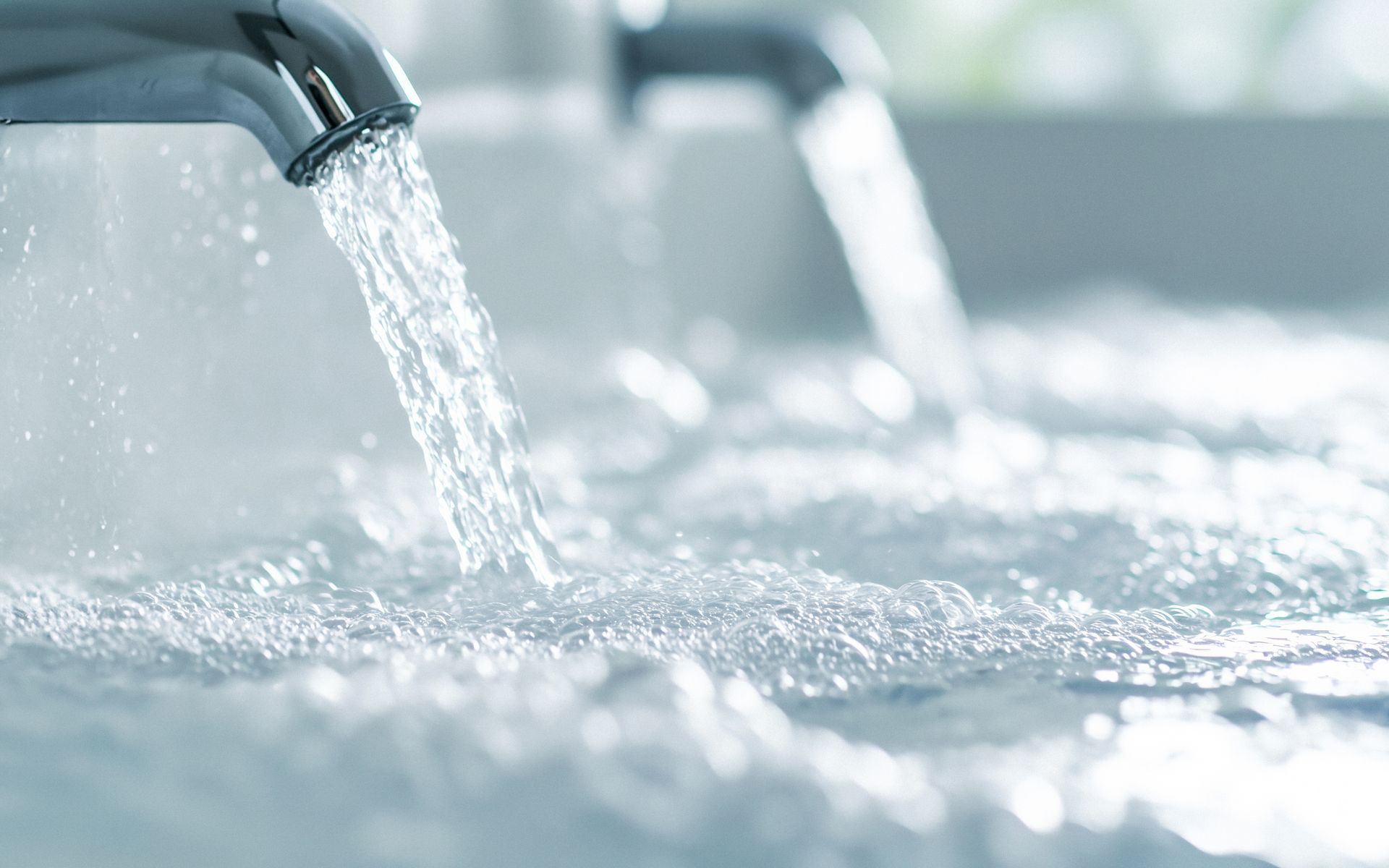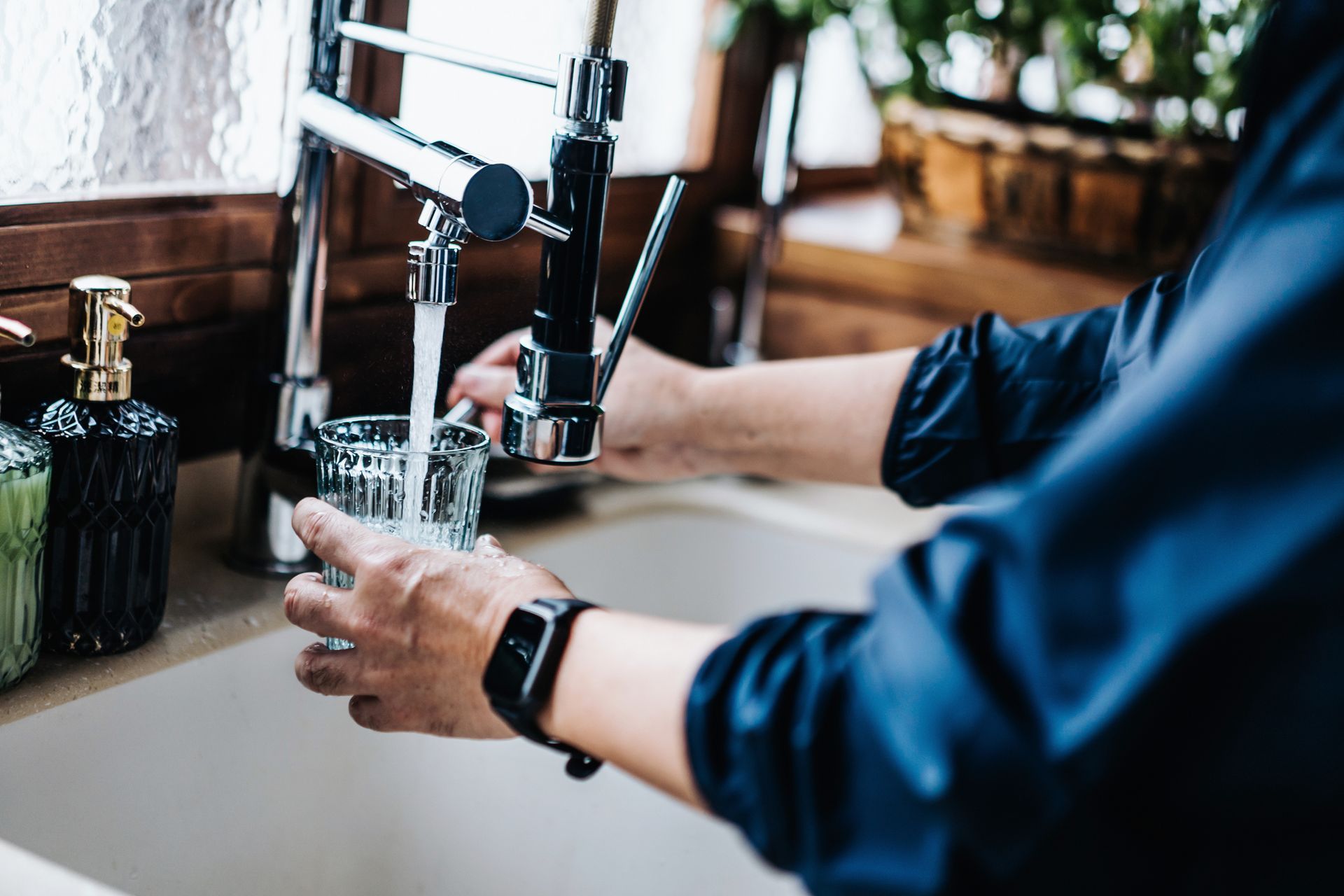Boost Your Well's Flow: Fix Low Well Water Pressure
Is the water pressure low on your well? If so, find out the common causes and solutions for fixing it. This article covers issues like clogged pipes, pressure tank problems, and aging well pumps, and provides quick and advanced solutions for when the water pressure is low on your well.
Key Takeaways
- Low well water pressure can stem from issues like clogged pipes, damaged pressure tanks, or aging well pumps, all of which require proper inspection and maintenance.
- Quick fixes to boost water pressure include cleaning faucet aerators, adjusting the pressure switch, and replacing clogged filters.
- For persistent water pressure problems, consider professional help for possible solutions like installing constant pressure systems or upgrading plumbing infrastructure.
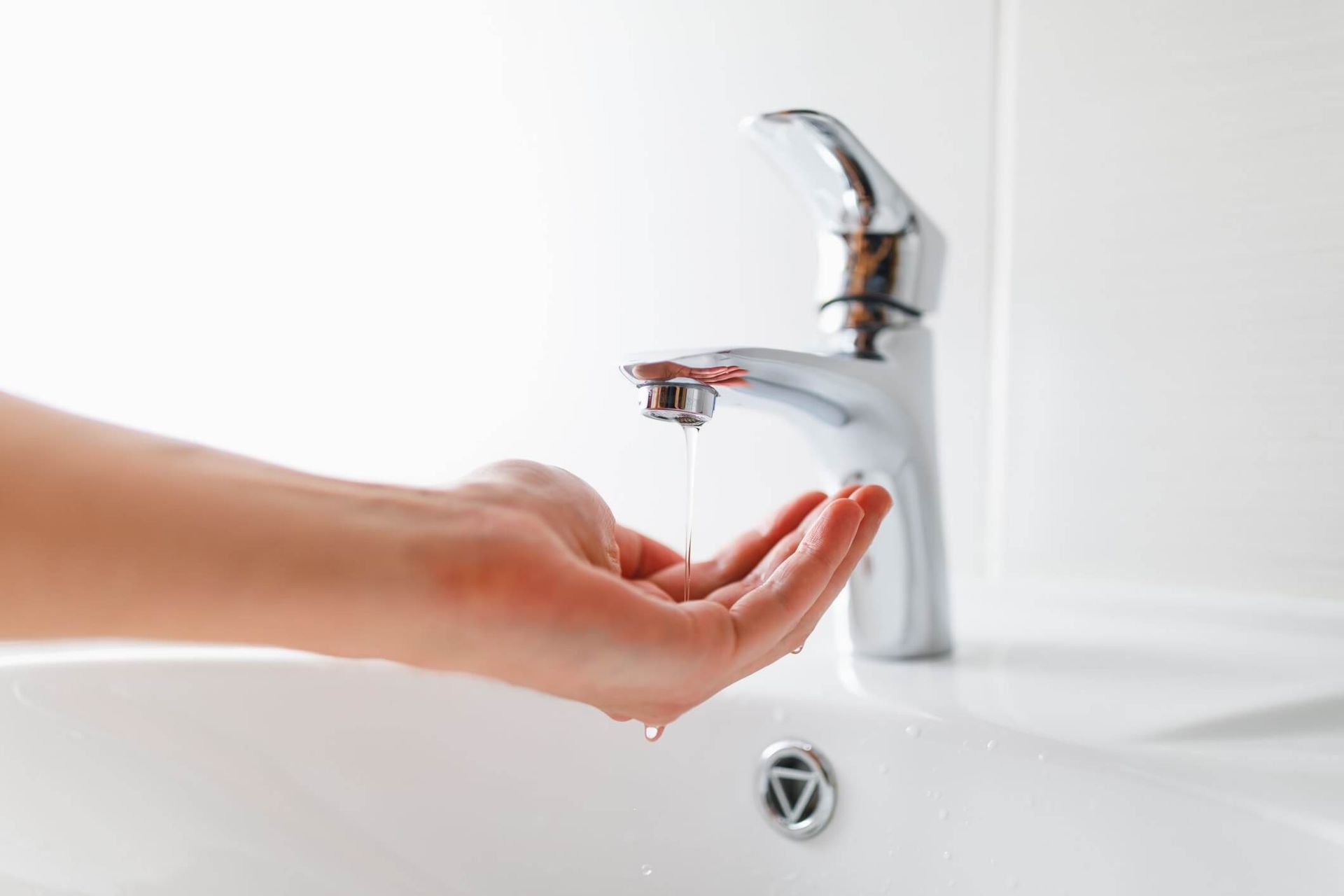
Common Causes of Low Well Water Pressure
Low water pressure in well systems can typically arise from several factors, including mechanical failures and sediment buildup. Well pump issues, like clogging or mechanical failure, significantly contribute to low water pressure. Failures in components like pressure tanks can impact overall water circulation in the system. Identifying these causes helps in finding effective solutions.
When water pressure is consistently low, it often signals issues such as sediment clogging within pipes or fixtures. Well water systems commonly face pressure below 40 psi due to sediment buildup. Early symptom recognition can prevent damage and ensure smooth operation of your water well system.
Examining specific causes like clogged pipes, pressure tank issues, and aging well pumps can help tackle low well water pressure effectively.
Clogged Pipes and Fixtures
Clogged pipes and fixtures reduce water flow, significantly affecting overall water pressure in well systems. Accumulated debris or sediment in pipes and filters hinders water flow and decreases pressure. Chalky white mineral deposits can accumulate on fixtures and faucets, further disrupting water flow. Routine inspections can identify leaks and buildup that reduce water pressure.
Dwindling home water pressure may indicate the need to inspect for clogged pipes. These obstructions can narrow the pipes, leading to lower pressure and frustratingly slow water flow. Promptly addressing this issue can prevent larger plumbing problems later.
Pressure Tank Issues
A damaged pressure tank can significantly affect water pressure in a well system. Pressure tank issues often involve malfunctions, air bladder problems, and physical damage. Strange pump sounds can indicate pressure tank problems needing attention. Grinding or squealing pump sounds may suggest mechanical failures in the system.
Rapid pump clicking usually indicates pressure tank problems needing professional inspection. Unexpected low water pressure should prompt immediate pressure tank servicing. Neglecting pressure tank issues can cause prolonged low water pressure and further well system damage.
Aging Well Pump
An aging well pump can reduce overall water pressure in a well system. Aging well pumps can degrade in performance, causing insufficient water pressure. Consistently low pressure suggests potential issues with the well pump or plumbing system. Maintaining well pumps regularly prevents degradation and ensures consistent water pump pressure.
Consider replacing or thoroughly maintaining an aging well pump to keep water pressure optimal. Early issue resolution can prevent significant future headaches.
Quick Fixes for Improving Well Water Pressure
When you’re faced with low water pressure, there are several quick fixes you can try before calling in the professionals. Troubleshooting low water pressure can often involve easy fixes and online tips. A checklist and troubleshooting guide can help identify and solve low water pressure problems. DIY fixes can often boost water pressure before professional help is needed.
Use a pressure gauge and air pressure gauge on the pipe near the water pressure tank to determine well system water pressure. Sudden low water pressure often results from a clogged pump or mud/sediment obstructions.
Homeowners can use various fixes and preventative measures to increase well-water pressure. Consider these simple steps to quickly improve your water pressure.
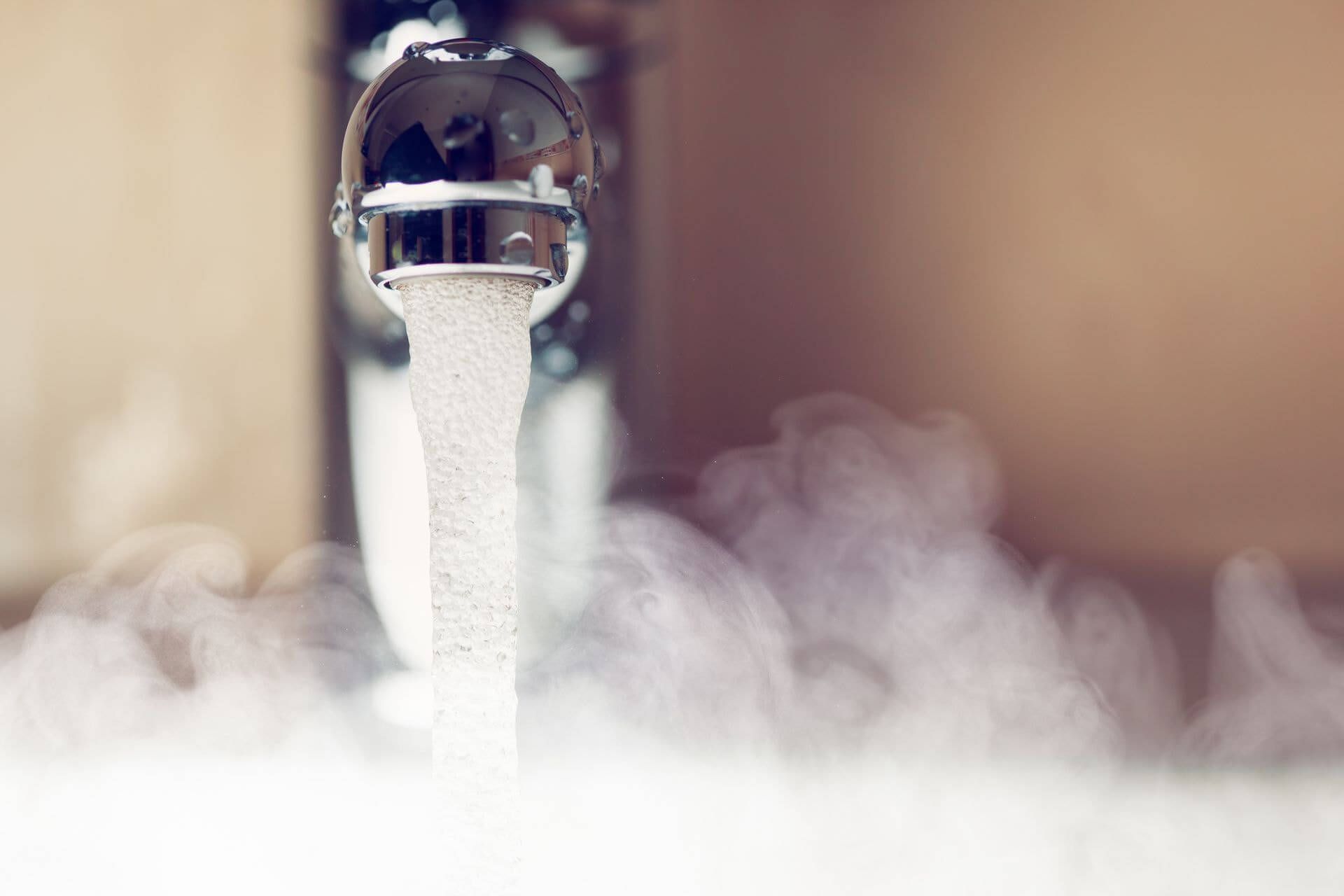
Clean Faucets and Aerators
Unscrew aerators from the faucet, using hand strength or a wrench for tight ones. Soak aerators in vinegar or citric acid to dissolve mineral deposits and debris.
Reattach cleaned aerators to the faucet and tighten them properly to restore water flow. Clean faucet aerators prevent water flow from decreasing due to debris buildup.
Adjust the Pressure Switch
The pressure switch controls the pump operation well and manages water flow efficiently. To increase your home’s water pressure, you need to adjust the pressure switch settings. Adjust the pressure switch if set too low to increase water pressure. The pressure switch is located on the pipe that connects the well to the pressure tank, ensuring easy access.
Ensure safety by not raising well tank pressure above 40/60 psi. With a 40/60 psi tank pressure, the cut-on pressure should be 40 psi. There is usually a 20 PSI difference for pumps to turn on and off. Correctly adjusting the pressure switch can provide more consistent and higher water pressure.
Check and Replace Filters
Clogged filters cause pressure loss and need inspection and replacement. Regular maintenance of filters is crucial for ensuring optimal water pressure in well systems. Regularly inspect and replace clogged filters to maintain consistent water pressure.
Clean, functional filters prevent pressure drops and maintain steady water flow.
Advanced Solutions for Persistent Low Water Pressure
If quick fixes do not resolve your water pressure issues, it may be time to consider more advanced solutions. Here are some indicators that you may need professional help:
- Unusual noises often indicate a failing pump needing professional evaluation.
- Water pressure fluctuations suggest well system problems needing professional assessment.
- Replacing a well pressure tank or water pressure pump may resolve low water pressure issues.
Installing a constant pressure system, upgrading plumbing, or hydrofracking can address severe low water pressure problems. These solutions often require professional intervention to ensure proper implementation and effectiveness.
Install a Constant Pressure System
Constant pressure systems maintain steady water pressure regardless of demand changes. They use variable speed pumps that adjust output based on real-time demand. Adapting to demand variations, constant pressure systems prevent fluctuations and ensure a consistent water supply.
Constant pressure systems maintain steady water pressure, significantly enhancing home water usage. They are particularly effective in preventing pressure drops during peak usage times.
Upgrade Plumbing Infrastructure
Outdated systems causing low water pressure might necessitate the replacement of plumbing infrastructure. Upgrade plumbing if narrow pipes or outdated systems affect water flow.
Optimal water pressure requires pipes measuring between half an inch to one inch. Plumbing upgrades can resolve water pressure issues and improve overall flow.
Hydrofracking Services
The purpose of hydrofracking services offered by Wragg Brothers Well Drilling is to restore water flow to tired wells. Hydrofracking increases water yield by creating fractures in surrounding rock, improving flow. It can effectively restore water flow in wells with decreased output.
Hydrofracking efficiently rejuvenates your well’s water supply.
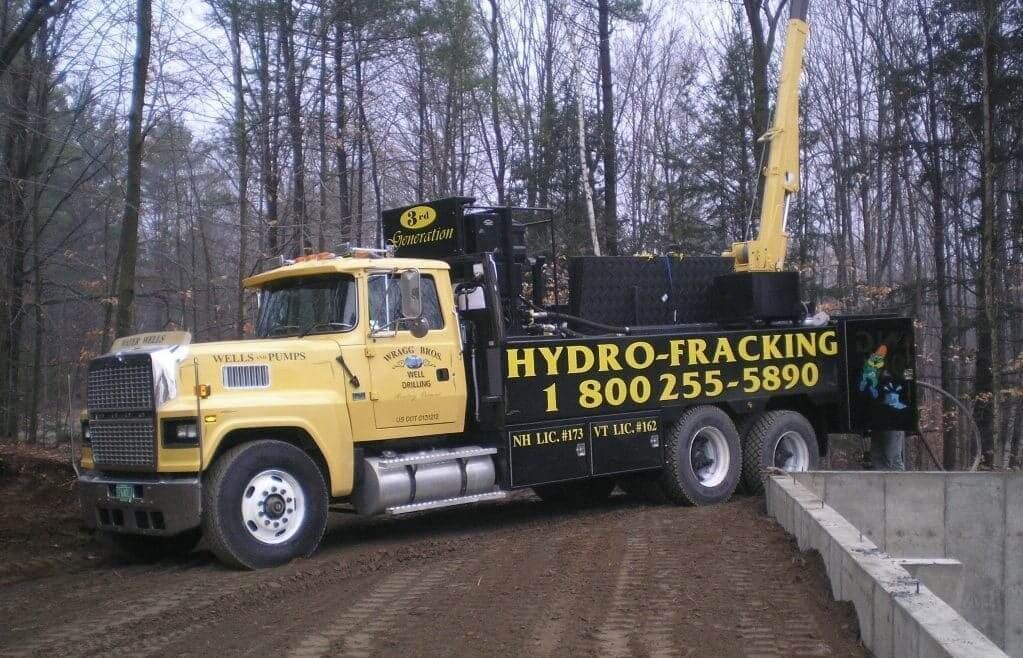
Preventative Measures to Maintain Optimal Water Pressure
Preventative measures are crucial for maintaining optimal water pressure and avoiding future issues. Regular inspections help detect potential issues before they escalate. Regular plumbing system checks help identify issues before they affect water pressure. Monitoring household water usage prevents overloading the well system and maintains consistent pressure.
These preventative measures keep your well water system efficient and reliable. Regular maintenance and monitoring prevent unexpected water pressure problems and costly repairs.
Regular Maintenance Checks
Schedule regular plumbing system inspections to ensure smooth well functioning. Clean and inspect the pressure switch to prevent performance issues; improper adjustments can decrease drawdown in the pressure tank. Check and change malfunctioning filter cartridges and inspect backwashing filters and water softeners. Monitor for chalky sediment buildup in aerators to maintain consistent water pressure.
Scheduling regular maintenance checks helps catch potential problems early and keeps water pressure steady. This proactive approach extends your well system’s life and ensures efficient operation.
Water Softener Installation
Hard water, high in mineral content, can cause plumbing buildup. A water softener removes minerals from hard water, improving overall quality. A water softener prevents pipe clogs by dispersing sediment and minerals. Installing a water softener effectively prevents mineral buildup in pipes.
Water softeners enhance plumbing longevity by reducing mineral buildup. For best results, install a water softener directly to the well tank. This ensures your entire water system benefits from softened water, maintaining optimal pressure.
Monitor Water Usage
Tracking water consumption prevents strain on the well system and ensures consistent pressure. Understanding peak usage times helps avoid pressure drops during high-demand periods.
Monitoring water usage helps adjust habits to maintain steady pressure and avoid overloading the well system.
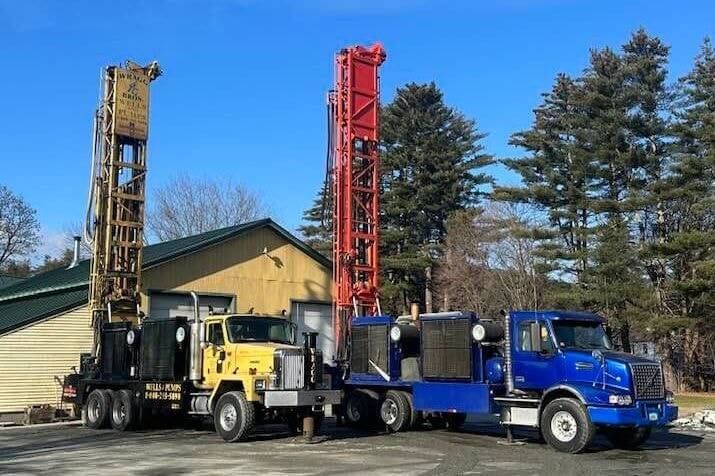
When to Call Wragg Brothers Well Drilling
Some water pressure issues may still require professional intervention. Signs of low well water pressure include sputtering faucets, long-running pumps, and murky or strange-smelling water. Frequent low pressure or minimal flow suggests a problem with your well system. Contact experts for continuous low pressure below 40 psi or dirty/discolored water.
With over 65 years of experience, Wragg Brothers Well Drilling is an expert for all water well needs. Homeowners should contact Wragg Brothers Well Drilling for professional intervention with water well issues. Their expertise diagnoses and resolves complex problems, ensuring efficient, well-system operation.
Unusual Noises from the Pump
Grinding or rattling sounds from a well pump often indicate mechanical issues like damaged belts or worn-out bearings. If strange noises persist, it may be necessary to inspect and potentially replace the motor or the entire pump. Hearing screeching noises from the pump could signal that the bearings require replacement or that there are issues with the motor components.
Strange sounds from the pump might indicate issues such as short cycling, often caused by water-logged pressure tanks. A humming noise from the pressure switch can signal a potential failure of the switch’s controls due to a stuck relay.
Banging noises during pump operation may result from hydrostatic shock in the pipes, known as water hammer. If the pump rattles during operation, it may have lost its prime, requiring immediate shutdown to prevent overheating.
Consistently Low Water Pressure
Signs that indicate a need for a new well pump include unusually low water pressure, dirty water, and no water from the faucet. Persistent low water pressure despite DIY fixes often indicates deeper problems in the well system requiring professional help. It’s crucial to diagnose the underlying causes of low water pressure, which can range from mechanical failures to the condition of the well pump.
If you experience persistent low water pressure, consider contacting experts to address and resolve the issue effectively. Wragg Brothers Well Drilling can provide a thorough diagnosis and employ the necessary solutions to restore your water pressure to optimal levels.
Dirty or Murky Water
The presence of iron and manganese in well water can lead to discoloration, often causing a reddish-brown color. Water can appear dirty or murky due to high levels of clay, silt, or organic and inorganic materials. High turbidity in well water often indicates the presence of harmful bacteria, which can pose health risks. Damaged well screens can allow sediment and contaminants to enter the water supply, leading to murky water.
Filtering systems, such as sediment filters and reverse osmosis filters, can effectively reduce turbidity in well water. Routine checks of the well’s filtration system can help maintain water clarity and quality.
Summary
In summary, low well water pressure can stem from various causes, including clogged pipes, pressure tank issues, and aging well pumps. Understanding these common causes is the first step toward identifying effective solutions. Quick fixes such as cleaning aerators, adjusting the pressure switch, and checking filters can often alleviate the problem. For more persistent issues, advanced solutions like installing a constant pressure system, upgrading plumbing infrastructure, or hydrofracking may be necessary.
Preventative measures, including regular maintenance checks, installing a water softener, and monitoring water usage, are crucial for maintaining optimal water pressure. When DIY fixes aren’t enough, it’s important to call in professionals like Wragg Brothers Well Drilling, who have the expertise to diagnose and resolve complex issues. By taking these steps, you can ensure a reliable and efficient well water system that meets your household’s needs.
Frequently Asked Questions
What are the common causes of low well water pressure?
Low well water pressure is usually caused by clogged pipes and fixtures, problems with the pressure tank, or aging well pumps. It's important to address these issues to restore proper water flow.
How can I quickly improve my well water pressure?
To quickly boost your well water pressure, try cleaning your faucets and aerators, adjusting the pressure switch, and checking or replacing filters. These simple steps can make a noticeable difference!
What are the benefits of installing a constant pressure system?
Installing a constant pressure system ensures you have steady water pressure at all times, eliminating those frustrating fluctuations when demand changes. It's a great way to enhance your water usage experience!
When should I call a professional for low water pressure issues?
You should call a professional if you notice unusual noises from the pump, consistently low water pressure, or dirty water. These signs can indicate a more serious issue that needs expert attention.
How does hydrofracking improve well water flow?
Hydrofracking boosts well water flow by creating fractures in the surrounding rock, which allows water to move more freely. This approach significantly enhances water yield, making wells more productive.

